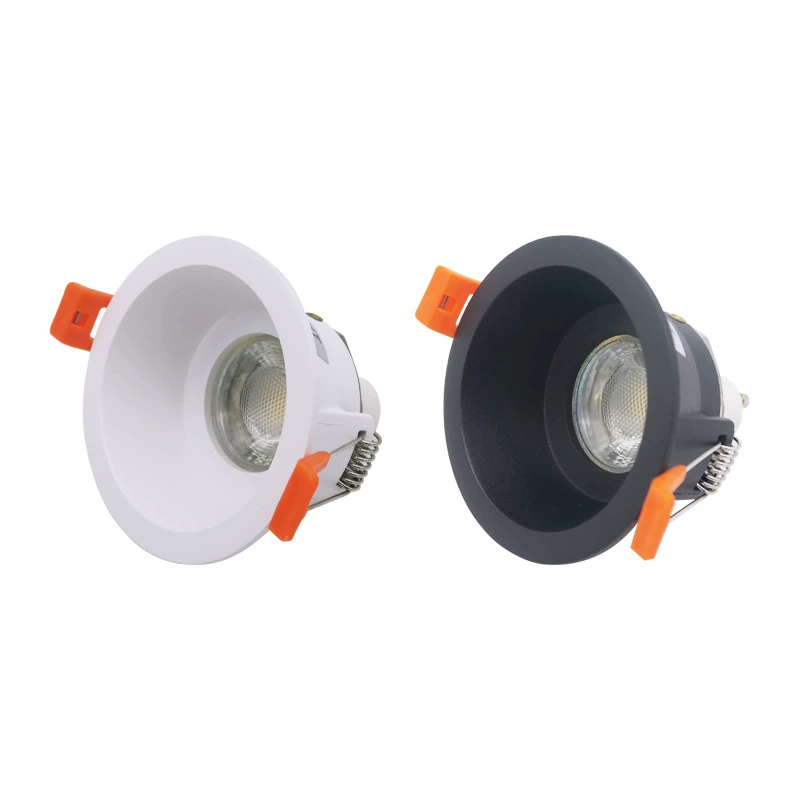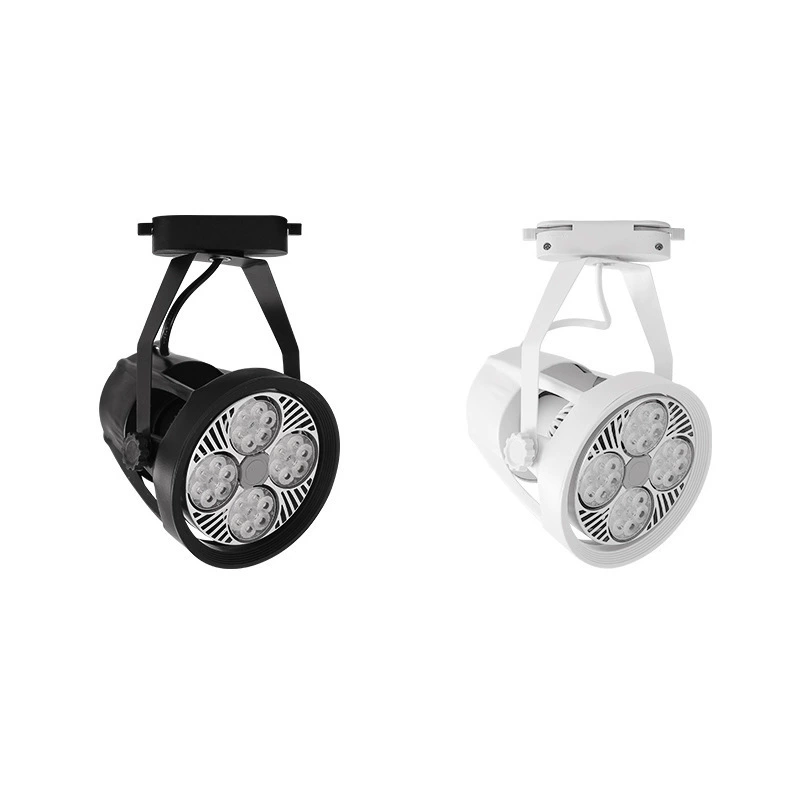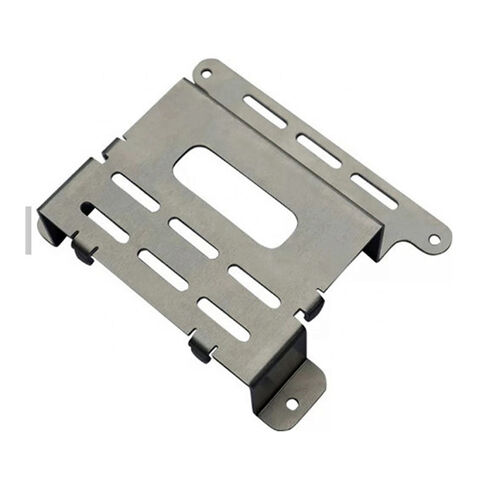In mechanical engineering, achieving the perfect fit between components is crucial. One of the most reliable methods is the tolerance press fit.
But what exactly is tolerance in press fit, and why is it essential for engineering applications? All these questions urgently remain to be answered.
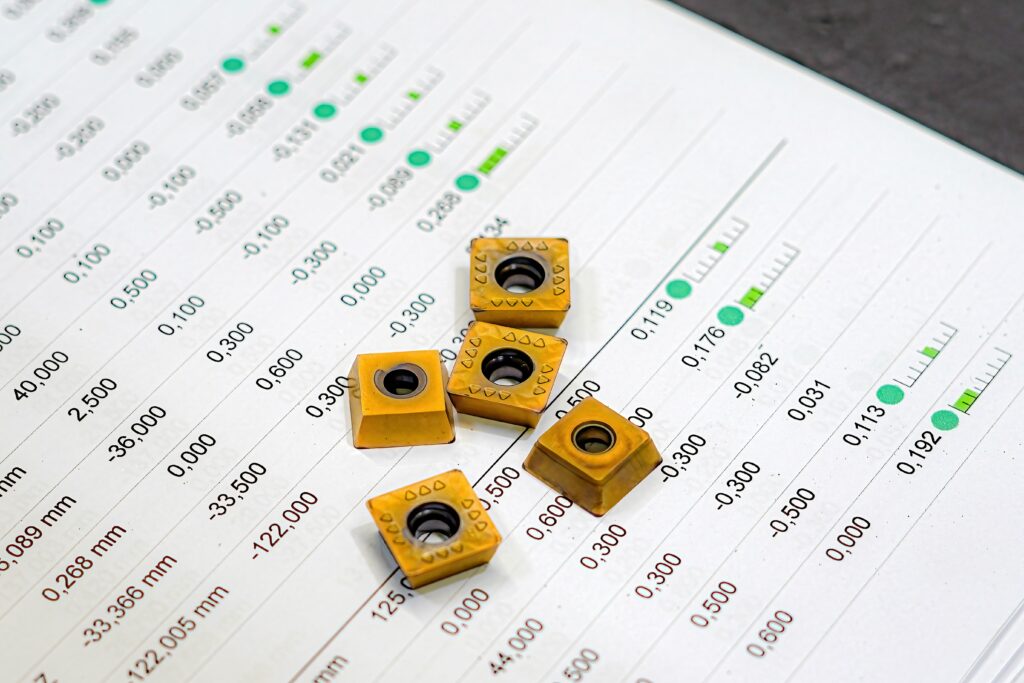
Generally speaking, tolerance in press fit refers to the permissible limit or limits of variation in a physical dimension.
Press fit is a form of interference fit where two components are joined together by pressing them together, creating a tight bond due to the force and friction between the mating parts.
Ensuring the correct tolerance is critical for maintaining the integrity and functionality of the assembled components.
This article delves into the key factors influencing tolerance in press fits, the challenges, and best practices for design, etc.
Now, let’s gain a deeper understanding of the intricacies of tolerance press fits, which significantly impact the performance and longevity of mechanical assemblies.
-
Table Of Contents
-
1. Understanding Tolerance Press Fit in Mechanical Engineering
-
2. What is Tolerance Press Fit?
-
3. What are the Types of Press Fits?
-
4. Key Factors Influencing Tolerance in Press Fits
-
5. Detailed Challenges and Solutions in Achieving Optimal Tolerance
-
6. Best Practices for Tolerance in Press Fit Design
-
7. Summary
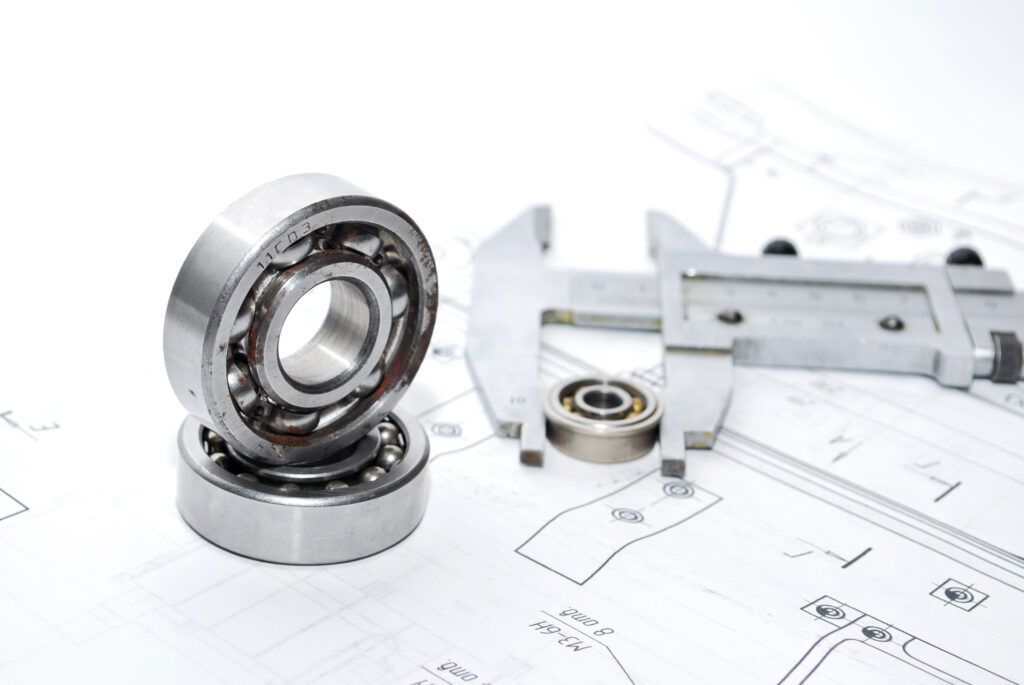
What is Tolerance Press Fit?
Tolerance in press fit refers to the allowable variation in the dimensions of the parts being joined, ensuring a secure and functional fit.
The tolerance must be precisely calculated to avoid excessive force during assembly, which can lead to component damage or failure.
In mechanical assemblies, the importance of maintaining precise tolerances cannot be overstated. Tolerances are the permissible limits of variation in the dimensions of a manufactured part.
They determine how much a part can deviate from its nominal size and still function correctly. In the context of press fits, tolerances are critical because they affect how tightly the components fit together, influencing the assembly’s overall performance and durability.
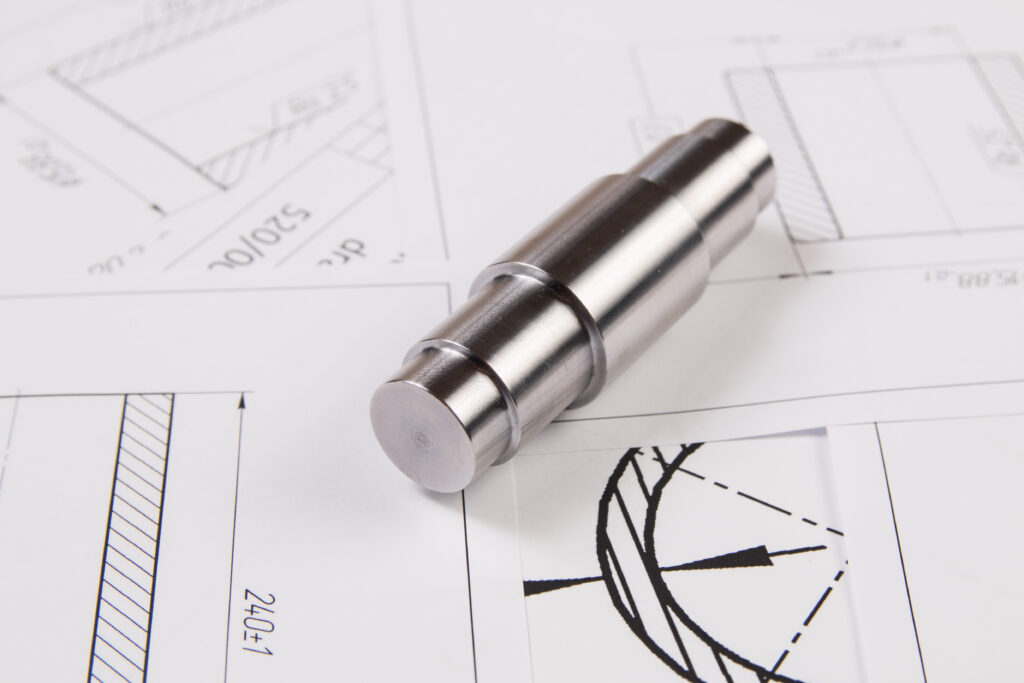
What are the Types of Press Fits?
Types of press fits include light press fit, medium press fit, and heavy press fit, each with different levels of interference and applications:
• Light Press Fit: Suitable for applications where minimal force is required for assembly and disassembly. This type of fit is often used in situations where the parts may need to be frequently assembled and disassembled without causing significant wear or damage.
• Medium Press Fit: Provides a moderate level of interference, ideal for applications needing a balance between ease of assembly and strength. Medium press fits are commonly used in applications where the parts need to remain securely in place under moderate loads but can still be disassembled if necessary.
• Heavy Press Fit: Offers the highest level of interference, used in applications requiring maximum strength and durability. Heavy press fits are used in high-load applications where the parts must remain firmly in place under extreme conditions, such as in heavy machinery or structural components.
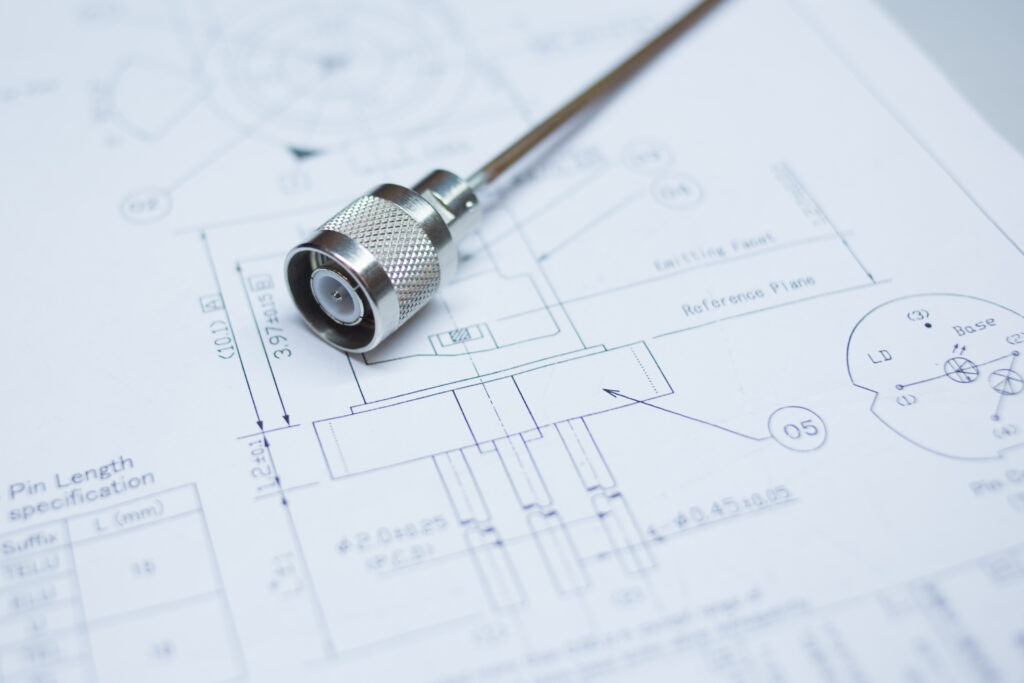
Key Factors Influencing Tolerance in Press Fits
Several factors influence the tolerance in press fits, including:
• Material Properties: Different materials have varying levels of elasticity and thermal expansion, impacting the tolerance calculations. For instance, metals like steel and aluminum have different thermal expansion coefficients, which must be considered when designing press fits that will operate in varying temperature conditions.
• Surface Finish: The roughness of the mating surfaces can affect the interference and overall fit. A smoother surface finish can reduce friction and make assembly easier, while a rougher finish might increase friction and improve the grip between the parts.
• Temperature Variations: Changes in temperature can cause materials to expand or contract, altering the fit. This is especially important in applications where the operating temperature range is wide, such as in aerospace or outdoor equipment.
• Manufacturing Precision: The accuracy of the machining process plays a critical role in achieving the desired tolerance. Advanced machining techniques and quality control measures are necessary to produce parts that meet the specified tolerances consistently.
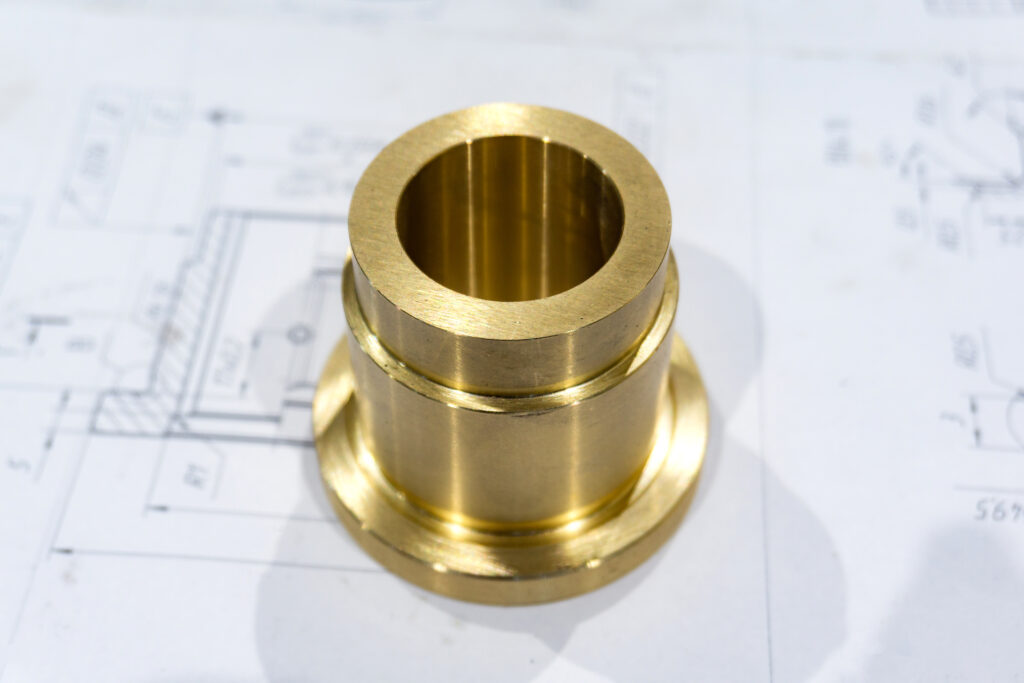
Detailed Challenges and Solutions in Achieving Optimal Tolerance
1. Precision Machining
Challenge: Achieving tight tolerances requires high-precision machining, which can be costly and time-consuming.
Solution: Investing in advanced machining technologies such as CNC machines and implementing strict quality control procedures can help ensure that parts meet the required tolerances.
2. Material Variability
Challenge: Variations in material properties, such as hardness and thermal expansion, can affect the fit.
Solution: Conducting thorough material testing and selecting high-quality, consistent materials can help mitigate these variations. Additionally, designing the fit to accommodate minor material differences can improve reliability.
3. Environmental Factors
Challenge: Temperature and humidity changes can alter the fit, leading to potential failures.
Solution: Designing the assembly to account for environmental variations, such as using materials with similar thermal expansion coefficients, can help maintain the fit under different conditions.
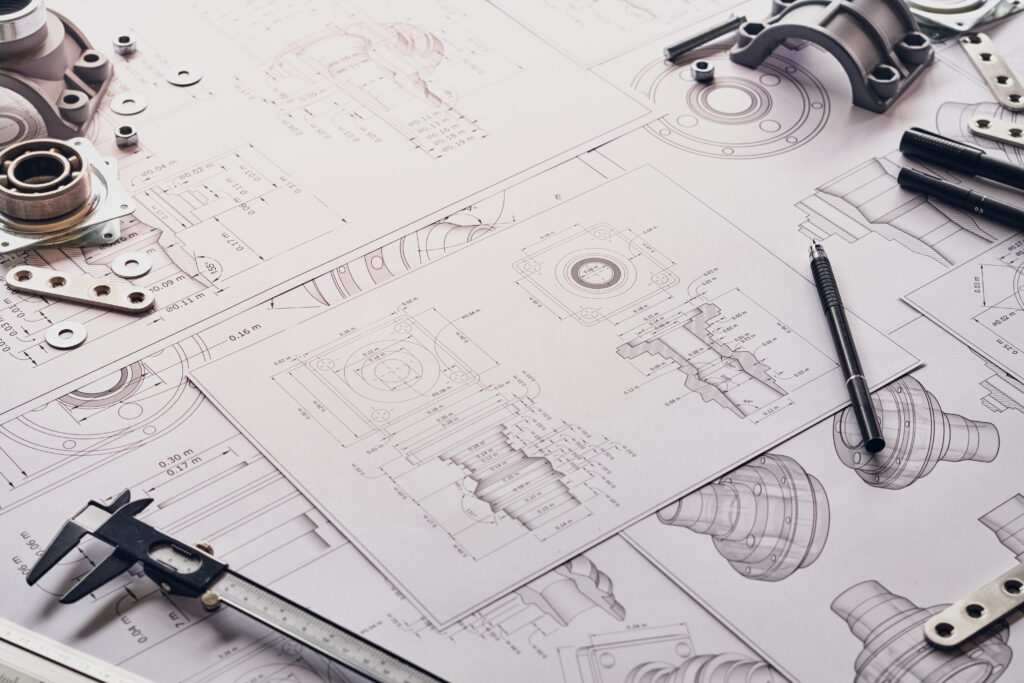
Best Practices for Tolerance in Press Fit Design
To achieve the best results in press fit design, consider the following best practices:
• Conduct Thorough Analysis: Use simulations and calculations to predict the behavior of the press fit under various conditions. This includes considering factors such as load, temperature, and material properties to ensure that the design will perform as expected in real-world conditions.
• Select Appropriate Materials: Choose materials with compatible properties to ensure a reliable fit. This includes considering factors such as elasticity, thermal expansion, and surface finish to achieve the desired interference.
• Maintain Quality Control: Implement rigorous quality control measures to ensure that components meet the specified tolerances. This includes regular inspection and testing of parts to verify their dimensions and performance.
• Account for Environmental Conditions: Design with environmental factors in mind to prevent fit issues due to temperature or humidity changes. This includes considering the operating environment and selecting materials and design features that can handle these conditions.
• Balance Precision and Cost: Optimize the design to achieve the required tolerance while considering cost implications. This includes finding a balance between precision machining and budget constraints to ensure that the final assembly is both reliable and cost-effective.

Summary:
Achieving the correct tolerance in press fits is essential for the reliability and functionality of mechanical assemblies.
By understanding the key factors influencing tolerance, addressing the challenges, and following best practices, we can design effective and durable press fit components. Knowledge of tolerance press fits can help us make informed decisions and ensure the success of your mechanical assemblies.





